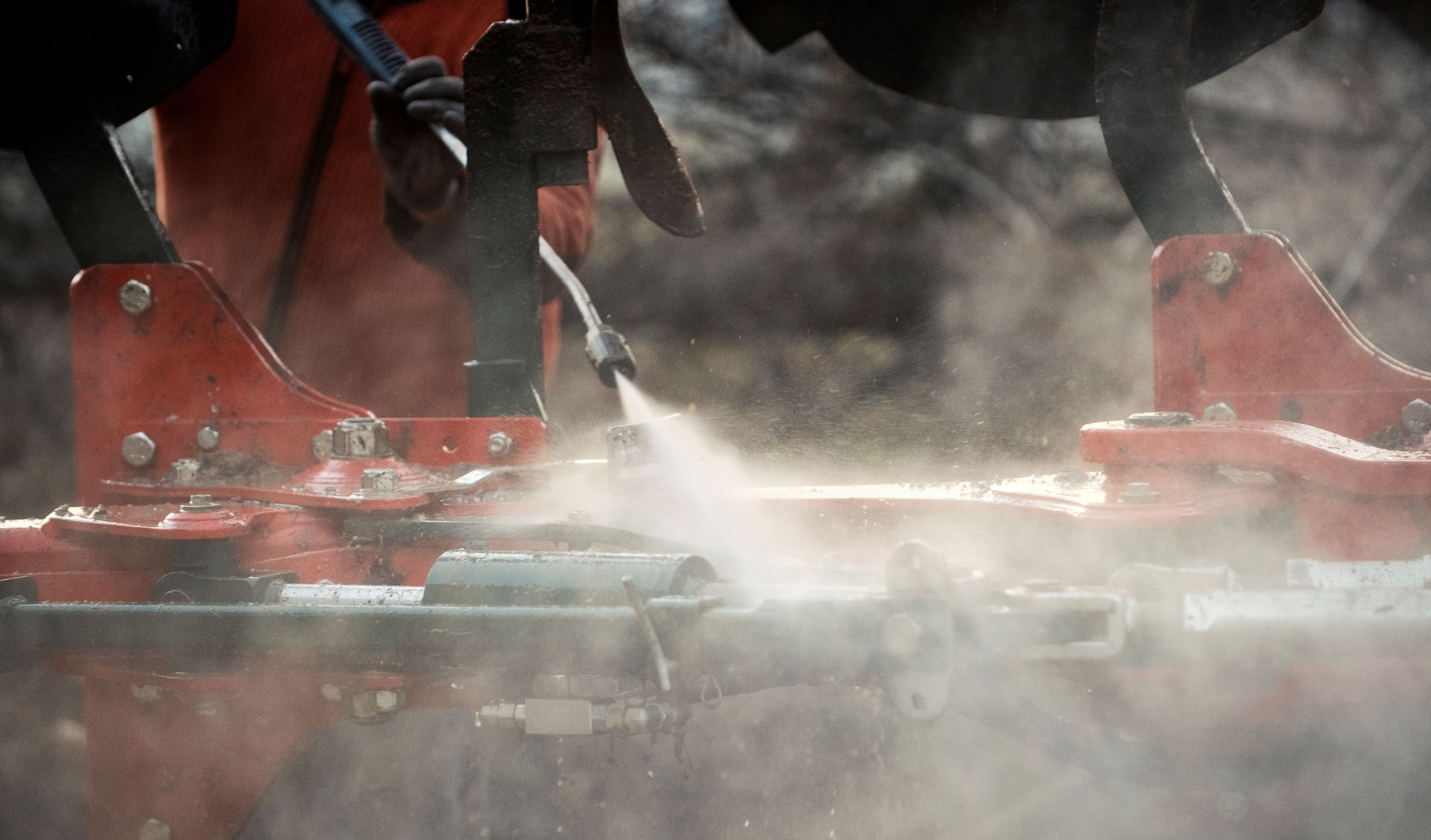The Water Jetting Association is introducing a new purple code of practice for pressure washing to counter ignorance about the risks associated with the powerful cleaning technique.
The code lays out the steps needed to optimise the safe use of pressure washing equipment. It also explains why these steps are important and what needs to be done if something does go wrong.
The Water Jetting Association (WJA), the UK’s trade body for the water jetting industry, says awareness of water jetting risks has not remained in step with the development of pressure washing technology and its increasing use.
WJA Training and Safety Committee Chairman Darren Hamilton said: “Over recent years, companies and individuals have been able to buy evermore powerful pressure washing systems.
“However, many people don’t realise the risks they face if they don’t handle this equipment properly or if it malfunctions. Our new Pressure Washing Code of Practice addresses these issues, giving users of this very useful technology the guidance needed to work safely at all times.”
The WJA points to incidents like an experienced operative who suffered severe injuries, including 4th degree burns, when a 3,000 pounds per square inch pressure washing jet pierced his boot, filling it with 1100C water.
This incident is just one of many pressure washing injuries. In another, a dockyard operative slipped due to the unexpected power of a pressure washing jet, allowing the nozzle to swipe across his supervisor, lacerating his upper thigh.
The WJA has already developed two codes – the Blue Code for high pressure and ultra-high pressure water jetting, and the Red Code for water jetting used for drain and sewer cleaning. The pressure washing code also has a colour – purple.
The Purple Code will support safe and productive water jetting at lower pressures, introducing a new operational standard and health and safety support for companies and agencies that carry out pressure washing and who rely on its advantages.
The code of practice gives the WJA’s definition of pressure washing, or power washing as it is also called. This is any jetting activity with a water pressure of up to 3,000 psi, or 207 bar (20.7 MPa).
Pressure washing is used to clean equipment and machinery in factories and engineering environments. It is also used to clean brickwork, remove graffiti, and clean mud and oil from the carriageway during highway repairs and construction.
In all these tasks, without a clear operational framework that a code of practice provides, there is opportunity for field teams to improvise and develop both unsafe and suboptimal practices.
The new code of practice includes sections on training and competency, site and equipment set-up, and the different types of pressure washing pumps and equipment, including hot water systems.
There is detailed advice on risk assessment, including a pre-start checklist, and emergency first aid specifically for the risk of fluid injection injuries that can be sustained during water jetting.
The WJA is the UK’s main provider of water jetting training. This includes a City & Guilds accredited pressure washing course which lasts at least five hours and is delivered by WJA-approved training providers and instructors.
Pressure washing contractors who are WJA members have welcomed the new code of practice.
Kris Jasinski, owner of TPC Brickwork Cleaning, in Southampton, said: “Having a code of practice to work to will benefit our industry greatly. The advice the WJA gives is central to how we go about our work and to our business success. I have no doubt about that.”
Find out more about pressure washing training and WJA membership:
www.waterjetting.org.uk
This email address is being protected from spambots. You need JavaScript enabled to view it.




